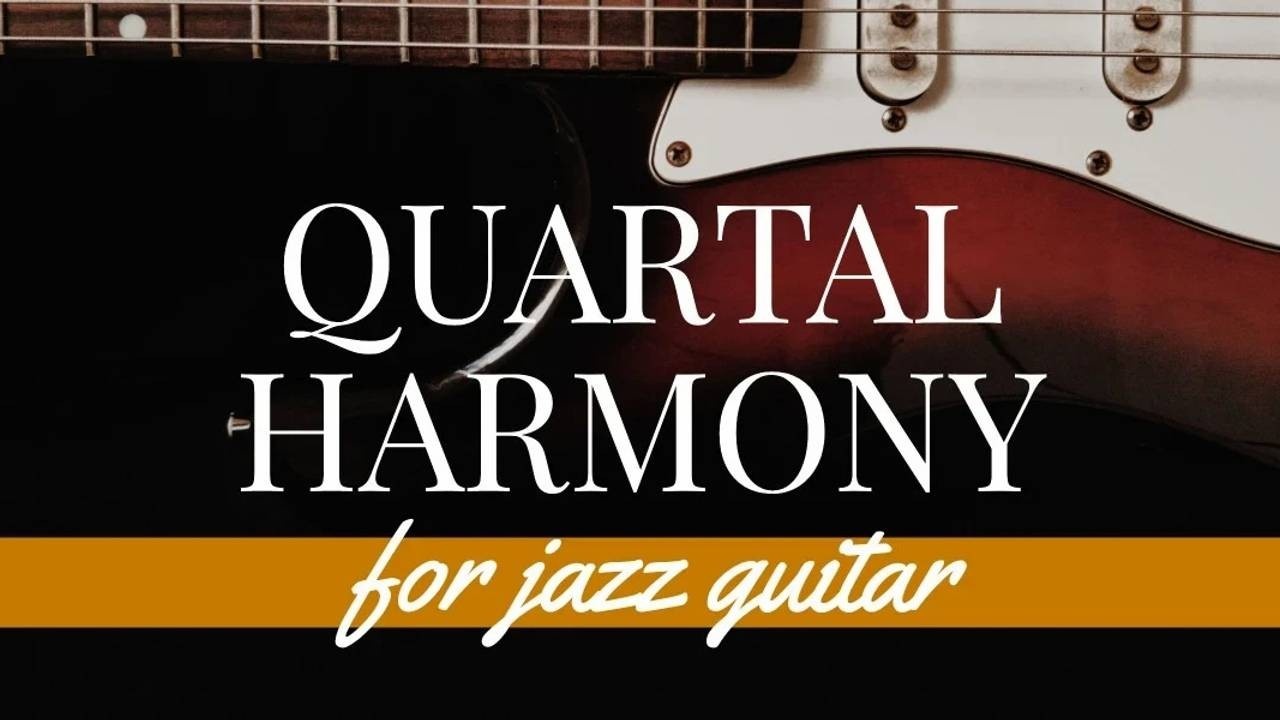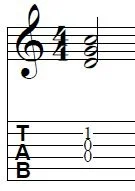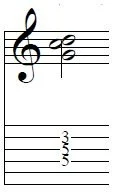
Quartal Harmony for Jazz Guitar
Aug 19, 2020Modern Jazz Guitar Chords
Hey everyone!
Marc here today with a lesson on quartal harmony for jazz guitar.
Before we begin, a quick definition:
Quartal harmony:
- refers to any chord that is built by stacking the interval of a fourth.
ex, C F Bb Eb.
Traditionally, chords are constructed by stacking thirds, not fourths. Why the need to change things up? Well, building chords using fourths yields some really hip sounding voicings that are surprisingly easy to play on the guitar. In this lesson, we'll be discussing the fundamentals of these chords and how to use them.
Download your "Quartal Harmony for Jazz Guitar"
Join our Community here.
How It Works
As mentioned, we build the basic triads using thirds. For example, to build a C major chord, we'll go from C to E then from E to G.
C - major 3rd - E - minor 3rd - G
Instead of stacking in 3rds (which is commonly done in western harmony). We're going to do it in fourths. In the following section, we'll provide the first voicing and how to derive chord scales from it.
Quartal Harmony: Chord Scales
In this section, we're going to give you one voicing and show you how you can take it through the key to create different shapes.
Here is the first voicing. This one is very simple. We're working in the key of C major and stacking fourths. In this case, that gives us D, G, and C.

Next, let's take that through the scale, and see how that looks.
Keep in mind that sometimes we're going to get augmented fourths. This is also known as a tritone.

Pretty cool sound, right? One thing I love about these voicings is that no matter where you are within the chord scale, you are accessing chord tones and some sort of extension in one way or another.
It's pretty easy to see why these are so handy!
Inversions? Well, sorta...
Next, let's try inverting this shape. We'll move the D an octave up. This leaves us with G as the bottom note, and you get a nice second interval at the top of the voicing. Check it out!

Beautiful sound, isn't it? Now, as you did with the previous example, take this one through the key of C major.

Let's go over one more "inversion."

I'm a big fan of this one! Once again, we'll take through the chord scale in C major.

Expanding On the Concept
In this section, we're going to explore practical applications for the modes we learned in the previous video. We'll discuss how to use them over a given harmonic framework.
So, let's say we have a Cm7 chord which we will be treating as a Dorian sound. We're going to use the top note as our "guide" so to speak and build a little chord scale based on C minor pentatonic with some fourth voicings.
Minor 7 Chord Type: Cm7
The only note that isn't using one of these fourth shapes on is the G note, which is the 5th. For this one, we'll simply use the upper structure of a Cm7 chord which is simply an Eb major triad.

Here are three options that you can try over C7 (dominant chord type).
Dominant 7 Chord Type: C7

We are only sticking with three choices here. There are more options available and you can explore them at your own pace, but keep in mind that sometimes they won't yield desirable results. You'll have to use your ears and your best discretion. :)
Lastly, we're going to apply this to a major 7th chord, and we'll make use of the #11 extension here for some fun color. Basically, we'll use every fourth shape in G major except for F.
Doing these based on G major gives us a Lydian sound which gives us access to the #11.
Let's see what that looks like!
Major 7 #11 Chord Type: Cmaj7#11

Final Thoughts
In closing, the important thing here is that you explore these applications yourself and see what works best for you. I would suggest taking these shapes and applying them to tunes right away. Further, you don't have to stick to only II-V-I progressions. You can use these shapes on IV to IVm, I VIm IIm V7, and just about any progression that you find in jazz. These are a great way to add some instant modern flair to your accompaniment.
Download your "Quartal Harmony for Jazz Guitar"
Join our Community here.
** Note from the editor** last updated 19/08/2020 (text revision, layout, updated imagery) . Previous update on 07/04/2019: Formatting, text revision, download validation.









